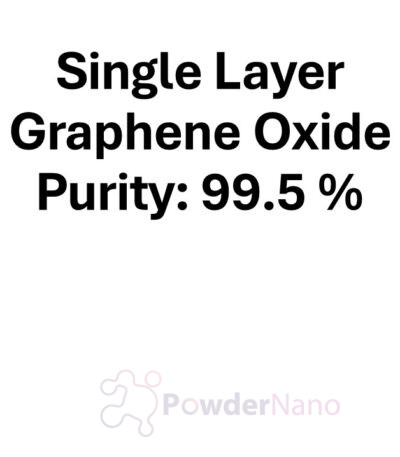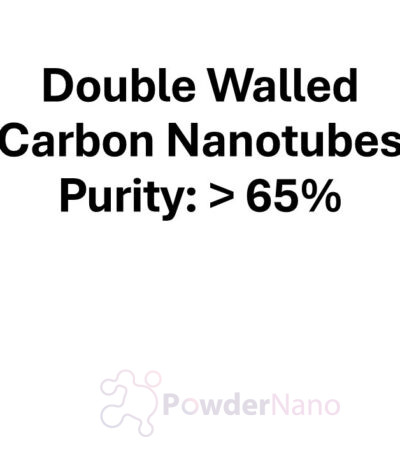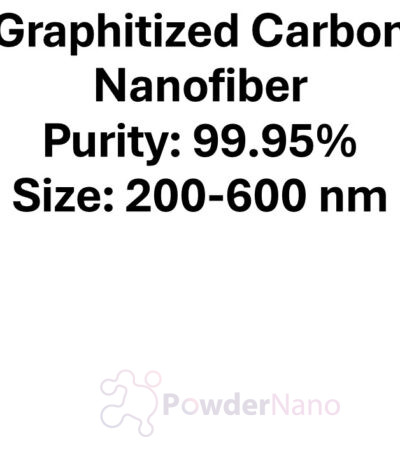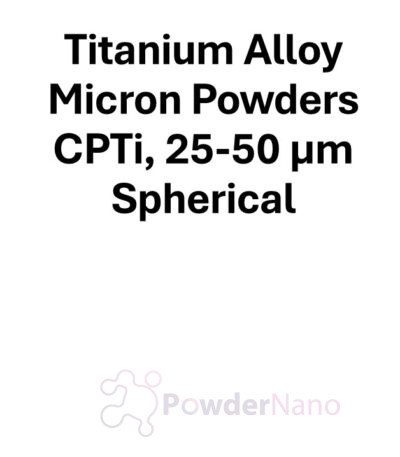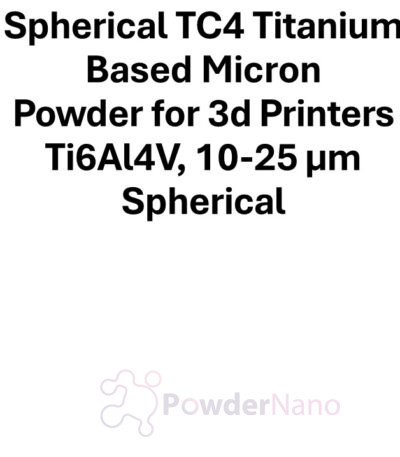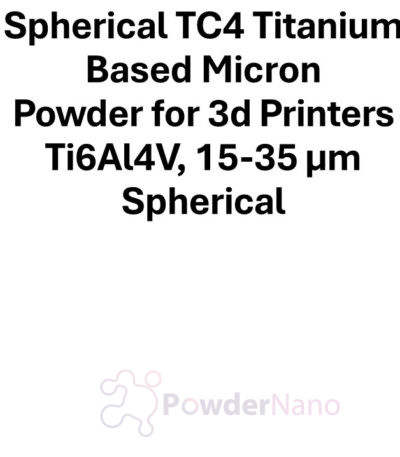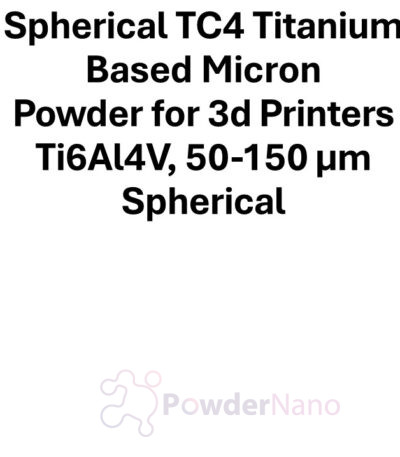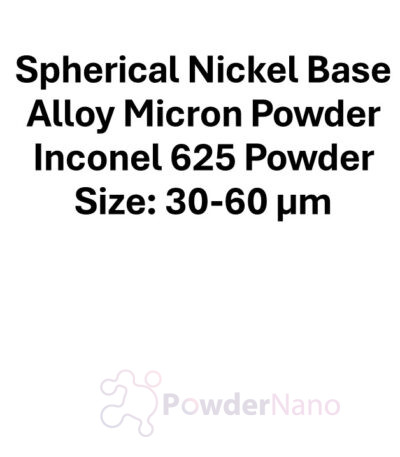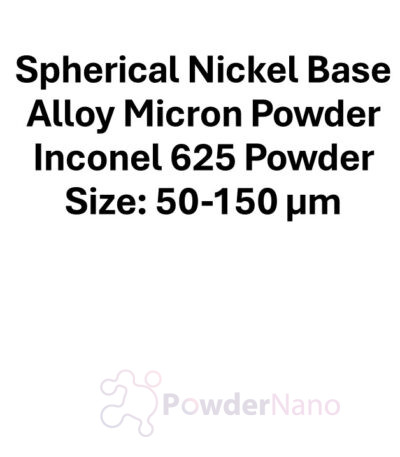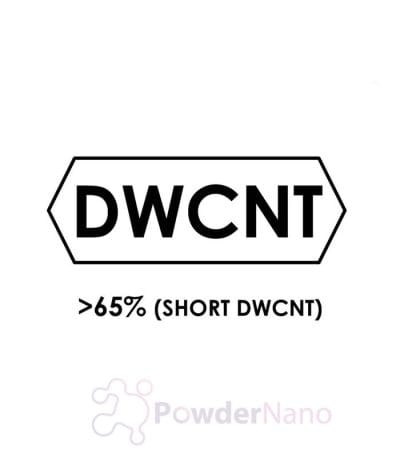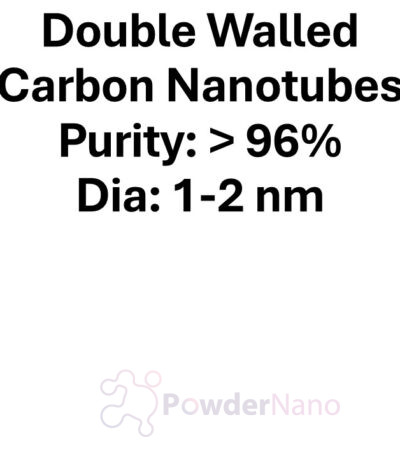Technical Specification:
- Material Composition:
- Structure: Double-Walled Carbon Nanotubes (DWCNTs).
- Comprised of two concentric graphene cylinders.
- Purity: >96%.
- Ensures minimal impurities, such as amorphous carbon, metal catalysts, or single-walled nanotubes (SWCNTs).
- Outer Diameter: 1–2 nm.
- Ensures a consistent nanoscale structure.
- Inner Diameter: Typically ~0.5–1 nm, depending on synthesis conditions.
- Length: Generally in the range of 5–30 µm.
- Structure: Double-Walled Carbon Nanotubes (DWCNTs).
- Physical Properties:
- Form: Black powder or dispersions.
- Specific Surface Area: 500–1000 m²/g.
- Density: ~ 2.0 g/cm³, depending on packing.
- Electrical and Thermal Properties:
- Electrical Conductivity:
- High conductivity due to the preserved graphene lattice structure.
- Thermal Conductivity:
- Excellent, with values reaching up to 3000 W/m·K along the tube axis.
- Electrical Conductivity:
- Mechanical Properties:
- Tensile Strength: ~ 50 GPa, providing superior mechanical durability.
- Elastic Modulus: 1 TPa, ensuring high stiffness.
- Chemical Properties:
- Chemical Stability:
- Resistant to oxidation, acids, and bases under standard conditions.
- Functionalization:
- Can be chemically modified for specific applications, e.g., adding carboxyl or hydroxyl groups.
- Chemical Stability:
- Packaging:
- Typically supplied in sealed containers ranging from 1 g to 1 kg.
Applications:
- Primary Applications:
- Energy Storage:
- Used as conductive additives in lithium-ion batteries, supercapacitors, and fuel cells to enhance performance.
- Advanced Composites:
- Reinforces polymers, ceramics, and metals, improving their mechanical, thermal, and electrical properties.
- Electronics:
- Serves as interconnects, field-effect transistors (FETs), and sensors.
- Energy Storage:
- Industries:
- Electronics:
- Applied in flexible circuits, conductive films, and nanoscale devices.
- Energy:
- Enhances performance in renewable energy systems and energy storage devices.
- Aerospace:
- Reinforces lightweight structural materials for aircraft and spacecraft.
- Biomedical:
- Used in drug delivery systems, biosensors, and tissue engineering.
- Chemical Processing:
- Acts as a catalyst or catalyst support in industrial reactions.
- Electronics:
- Advantages for Applications:
- High Strength-to-Weight Ratio:
- Makes DWCNTs ideal for lightweight, high-strength materials.
- Thermal and Electrical Conductivity:
- Enables advanced thermal management and efficient electronic components.
- Chemical Versatility:
- Can be functionalized for compatibility with various systems.
- Stability:
- Exceptional chemical and thermal resistance ensure long-term performance.
- High Strength-to-Weight Ratio:
- Specialized Uses:
- Electromagnetic Shielding:
- Provides effective EMI shielding for electronic devices.
- Nanotechnology:
- Used in the fabrication of nanoscale devices and systems.
- Sensors:
- Enhances sensitivity and specificity in gas and chemical sensors.
- Water Purification:
- Acts as an adsorbent for pollutants and heavy metals.
- Electromagnetic Shielding:
- Challenges and Mitigation:
- Dispersion Issues:
- DWCNTs tend to agglomerate in solutions.
- Solution: Use surfactants or ultrasonication for stable dispersion.
- DWCNTs tend to agglomerate in solutions.
- Cost:
- High purity and quality DWCNTs can be expensive.
- Solution: Optimize usage in high-value applications.
- High purity and quality DWCNTs can be expensive.
- Functionalization:
- Requires precise techniques to achieve desired modifications.
- Solution: Employ advanced chemical or physical methods tailored to specific needs.
- Requires precise techniques to achieve desired modifications.
- Dispersion Issues:
Storage Guidelines:
- Temperature: Store in a cool, dry place, away from direct sunlight or moisture.
- Container: Use sealed, airtight containers to prevent contamination.
- Handling: Use appropriate safety measures to avoid inhalation or contact with skin.
Summary:
Double-Walled Carbon Nanotubes (DWCNTs) with >96% purity and 1–2 nm diameter are versatile nanomaterials offering superior mechanical, electrical, and thermal properties. They are ideal for applications in energy storage, advanced composites, electronics, and biomedical fields. Proper handling, dispersion techniques, and storage ensure consistent performance and long-term usability.
